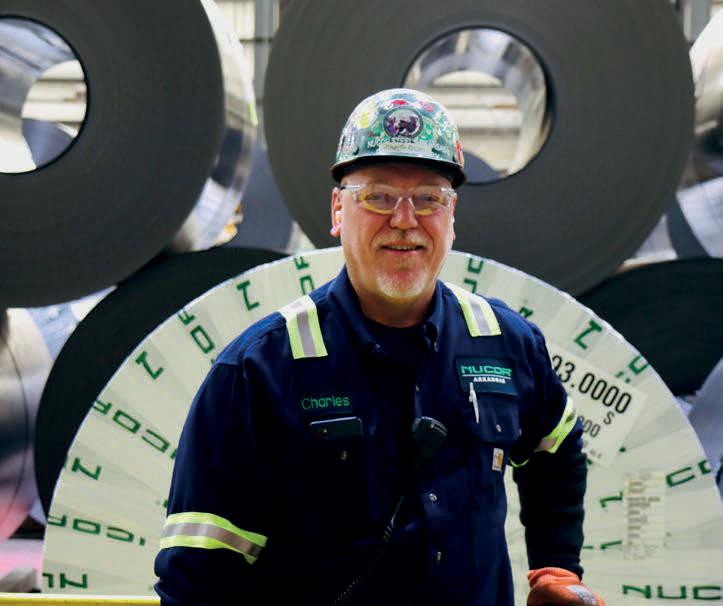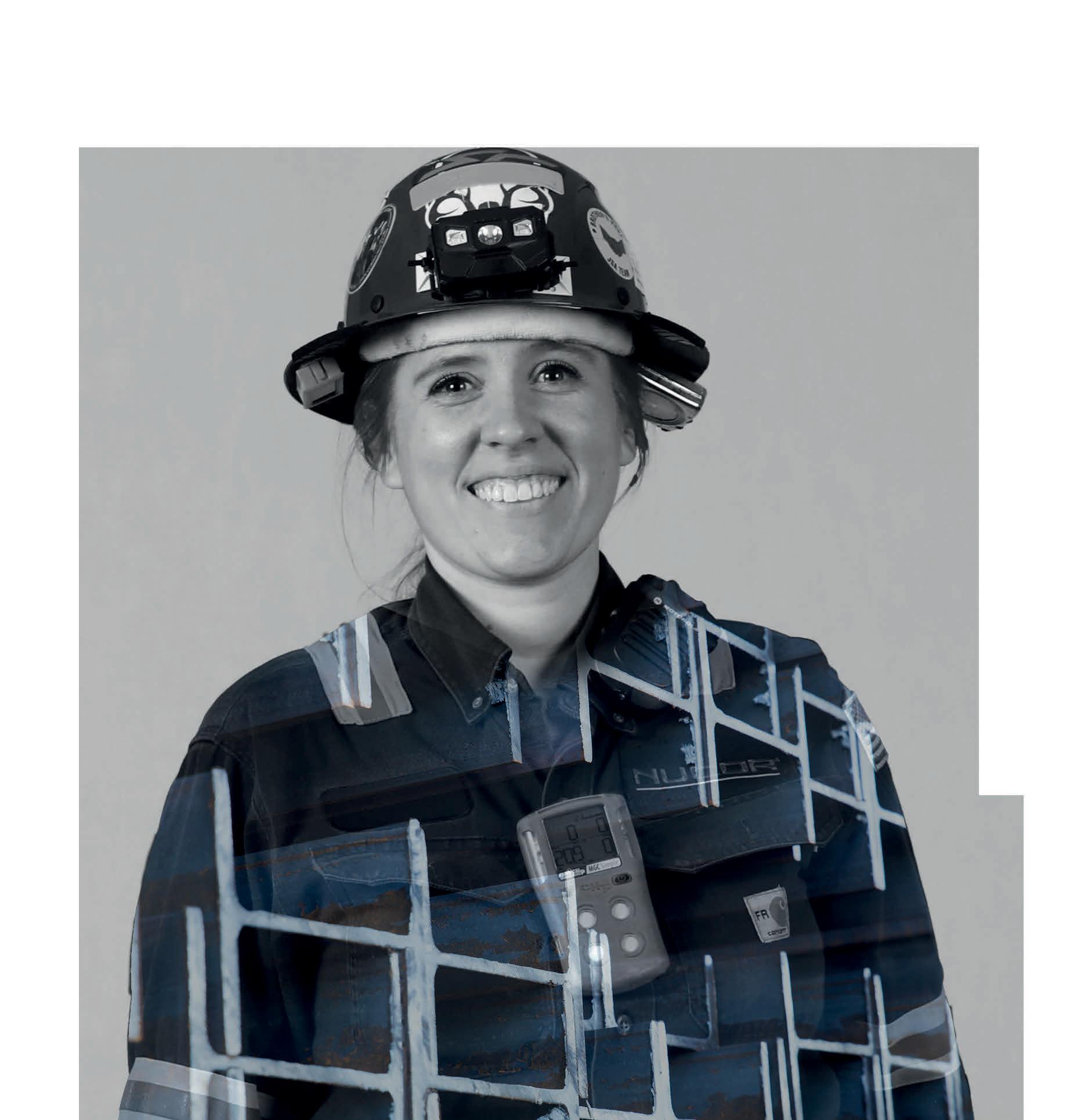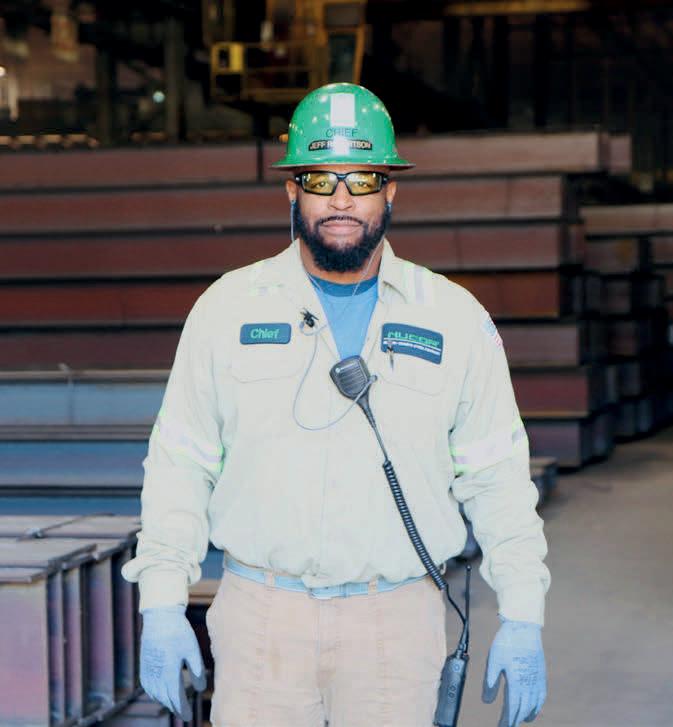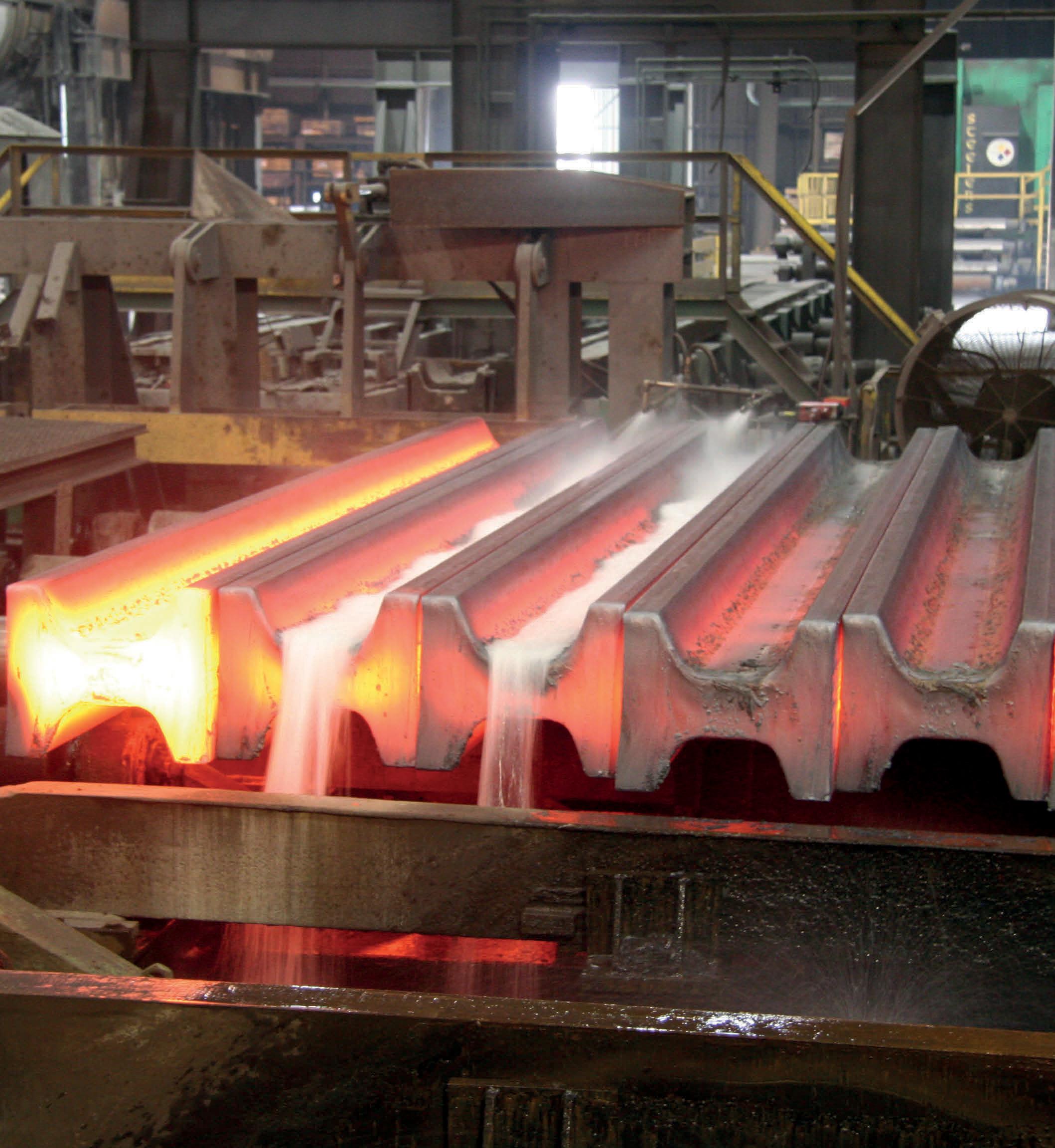
2 minute read
TRAINING FOR THE JOB OF YOUR DREAMS
from BluePrint 2023
One of the most appealing things about a skilled career is the relatively short time it takes to train for these high-paying jobs. You generally don’t have to have any background or experience to land an entry-level position these days — although it helps — as more and more companies are willing to pay for your training.
The following are the most common training program pathways to a career track position in the trades.
TWO-YEAR COLLEGES AND UNIVERSITIES
Formerly known as trade schools or vocational-technical (vo-tech), two-year colleges have always been the backbone of skilled career education. These institutions of higher learning provide classes in a wide range of career fields from diesel mechanics and drafting to advanced manufacturing and allied health roles. Depending on the program, students can train for a career in as little as one semester (nine weeks).
Tuition costs at two-year schools are typically lower than four-year institutions as is the time it takes to complete a degree. Many two-year schools also have agreements with area high schools that allow students to take college-level courses while still attending high school. These classes, called concurrent college courses, are often available free or at greatly reduced cost.
DID YOU KNOW?
Concurrent classes can be extremely useful in helping a student get a jump on what’s next after high school. Some students work hard enough at concurrent classes to graduate with an associate degree at the same time they receive their high school diploma. This matters because the less time you spend in a college classroom, the lower your overall educational costs and likely the less debt you will pile up. Check with your guidance counselor to learn about concurrent courses in your area.
Two-year colleges usually have great relationships with local employers, making it easier to find a job after graduation. And many two-year degrees stack with other university programs, giving you a head start on finishing your bachelor’s degree in the future, if you so choose.
Apprenticeships
Another very popular route to a skilled career is the apprenticeship, an education model combining on-the-job training and classroom instruction.
Many companies today will hire people with little to no skills background and enroll them in an apprentice program, which is kind of like work-study. As an apprentice, you will work for your company during the day under the supervision of an experienced employee and attend class a few nights a week where you’ll learn new concepts and practice your skills.
CONTINUED ON PAGE 10
Skilled
Source: explorethetrades.org



CONTINUED
Apprenticeships generally take anywhere from two to four years to complete, which means it’s some of the most comprehensive skills training there is. Depending on the company, apprenticeships are completed through organizations specifically set up to conduct this training or in some cases the apprenticeship training is all done in-house. Other apprenticeship programs are conducted by trade unions.
Completing an apprenticeship program provides several big advantages over other types of training. First, you earn while you learn because you’re drawing a salary from your employer. Second, the cost of the apprenticeship is usually paid for by the company you work for. Third, companies tie fixed pay increases to your apprenticeship, meaning the better you do in your studies and skills development, the more money you’ll make along the way.
ON-THE-JOB TRAINING
On-the-job training is a given for this list because success in any career requires constant improvement and refinement of skills. That’s why it is a good idea to ask questions about internal training during your employment interview; the more organized and intentional those programs are, the more you will learn.
© ROBERT KNESCHKSTOCK.ADOBE.COM / FOR ILLUSTRATION ONLY
The basics of some skilled jobs can be learned in months, not years.
Soft skills: a secret weapon in the workplace









